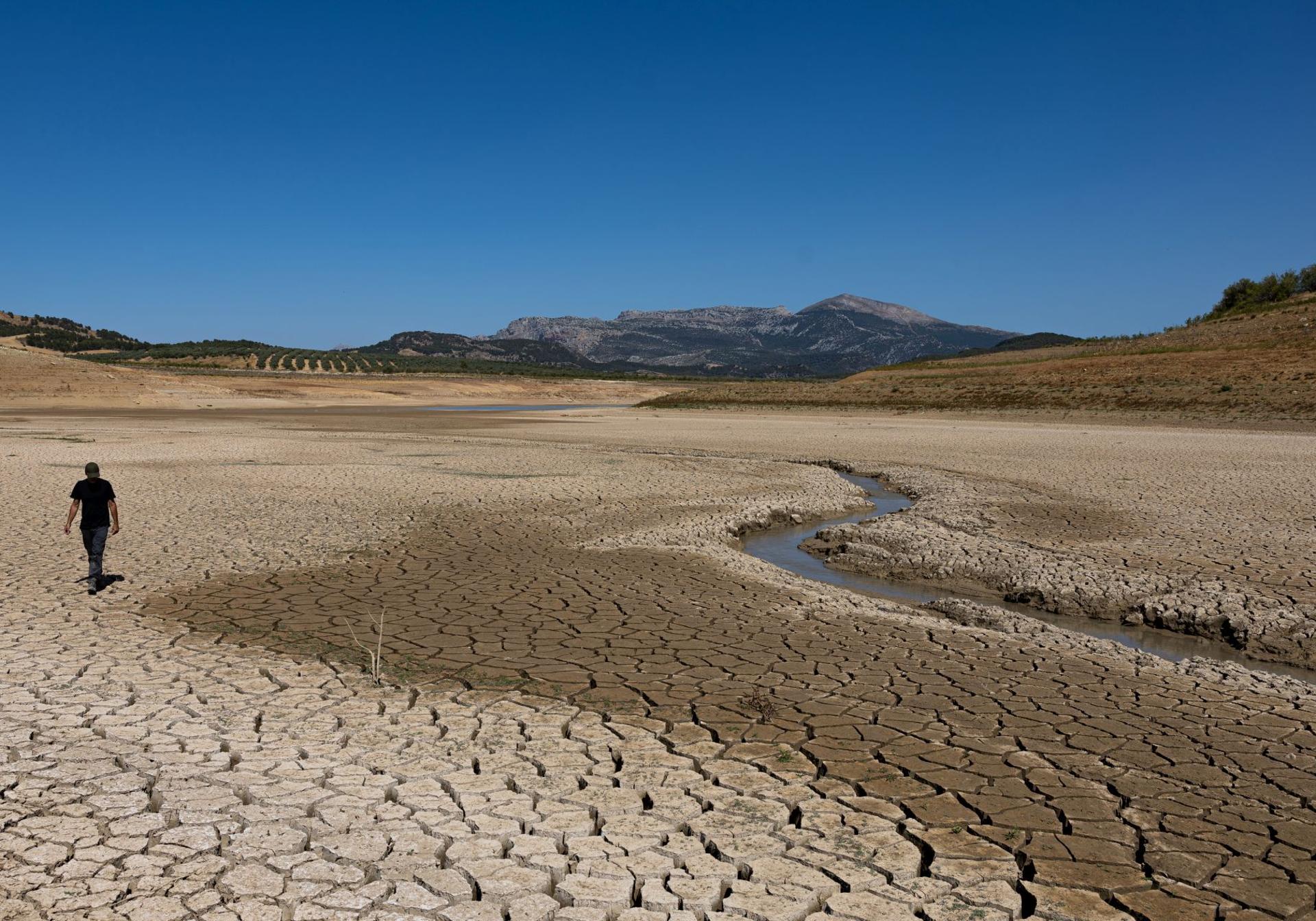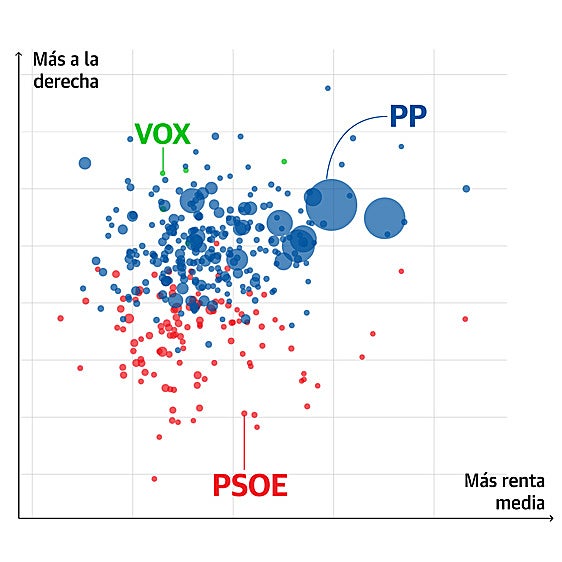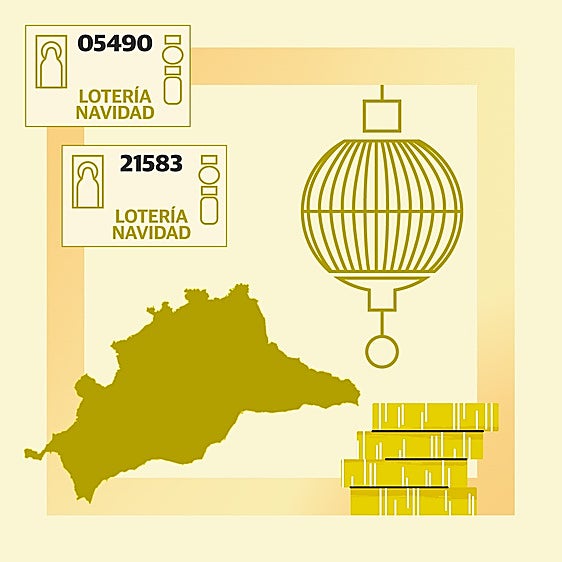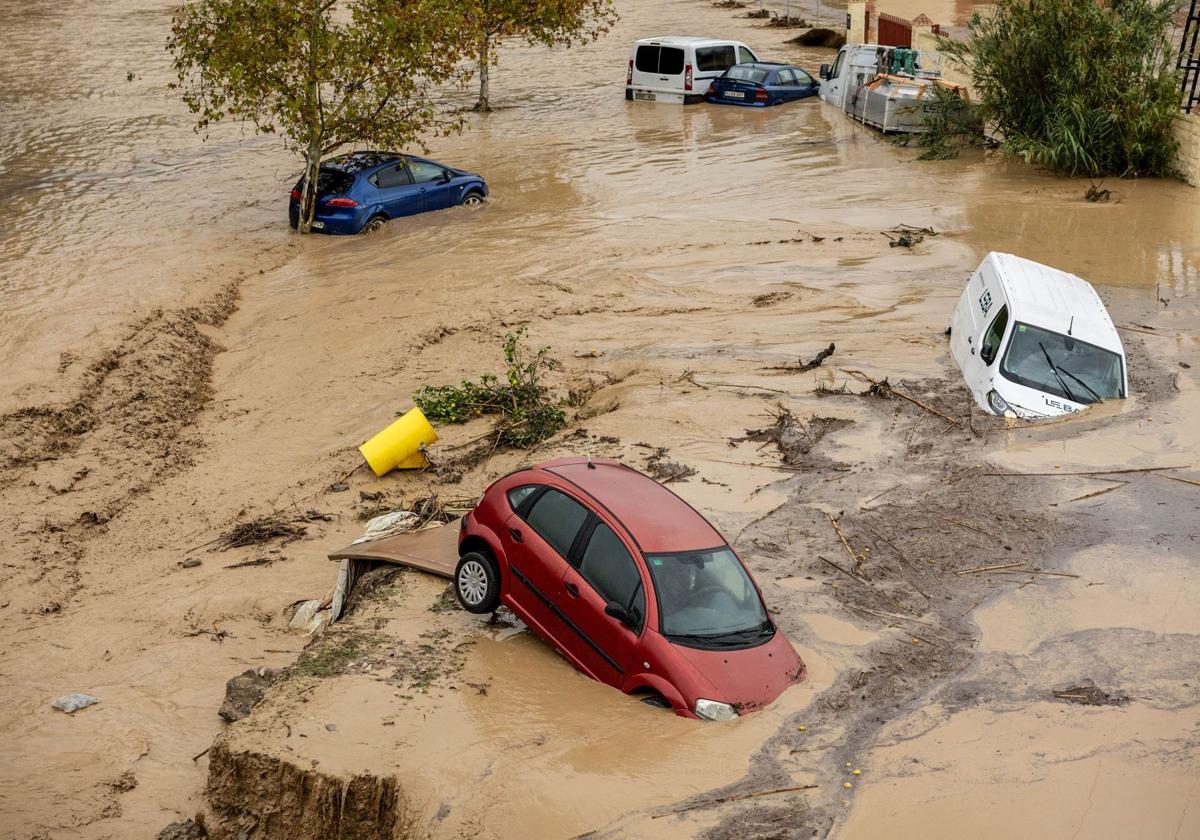A year of extremes - from drought to floods and record temperatures
2024. Weather, tourism, housing and much more: a look at some of the highlights of the last 12 months on the Costa del Sol and in the rest of the province of Malaga
Jennie Rhodes / Tony Bryant / Rachel Haynes
Friday, 27 December 2024, 13:23
The year 2024 will be remembered in the province of Malaga for a number of reasons. The floods in October and November and the first ever use of the mobile phone alarm system in the case of red weather warnings, stand out among the events of the year, although this has also been a year of protest and plans for the future.
From drought to floods
Tuesday 29 October and Wednesday 13 November 2024 are dates that will remain etched in the collective memory of the people of Malaga province. From Sunday 27 October Spain's state weather agency Aemet issued warnings of heavy rainfall as the first 'Dana' (an isolated weather depression at a high altitude) of the autumn pushed its way across Spain.
Álora was the worst-hit place in the province during the first 'Dana' where almost 17.6 cm of rain fell in just a few hours. President of the Junta de Andalucía, Juanma Moreno, explained that throughout Malaga province there had been around 450 call-outs, a hundred people had to be rescued and 13 people were relocated.
Mobile phones alerted residents to the second Dana late on Tuesday 12 November as a red warning was issued by Aemet for Wednesday 13. There were scenes of flooding across Malaga city, including in the El Corte Inglés department store, followed by the Benamargosa river bursting its banks, causing major damage to around 50 properties in the village of the same name and subtropical farms in the area.

While not as heavy as the autumn rains, Holy Week processions across Malaga province were cancelled due to downpours which lasted for most of the religious festival at the end of March. The positive effects of the storms, however, have been felt by the province's reservoirs. Only the Axarquía area remains in the 'emergency zone', but the area's La Viñuela reservoir still managed to go from 24 million cubic metres to almost 36 million in a few days. At the same time last year it had just 12. All of this led to the Junta de Andalucía's drought management committee, which held an extraordinary meeting earlier in December, agreeing to make water restriction measures, which had been put in place due to the extreme drought, more flexible across the province.

Plans to expand or create desalination plants and the location of an "underground reservoir" during work to improve wells near the Guadalhorce river are also good news in the midst of a drought situation that, experts point out, is not over yet.
In early December when it was announced that this year's olive harvest would lead to a drop in the price of olive oil, thanks to the autumn rains coming "just at the right time" according to growers.
Record temperatures
November was a month of extreme weather, with the highest temperature for the month since records began also registered, with a provincial average of 16.1C, according to the Aemet state weather centre in Malaga. The province also broke temperature records in August when the highest temperature, 44.3C, was recorded on 1 August in Álora. The highest minimum temperature, 30.7C was recorded in Torremolinos on Friday 2 August.
It wasn't just the air temperature that was breaking records, the sea off the coast of Malaga recorded Caribbean-like temperatures this summer. A buoy off a Malaga city beach reached 28.3 degrees on two occasions at the end of August, according to official data.






